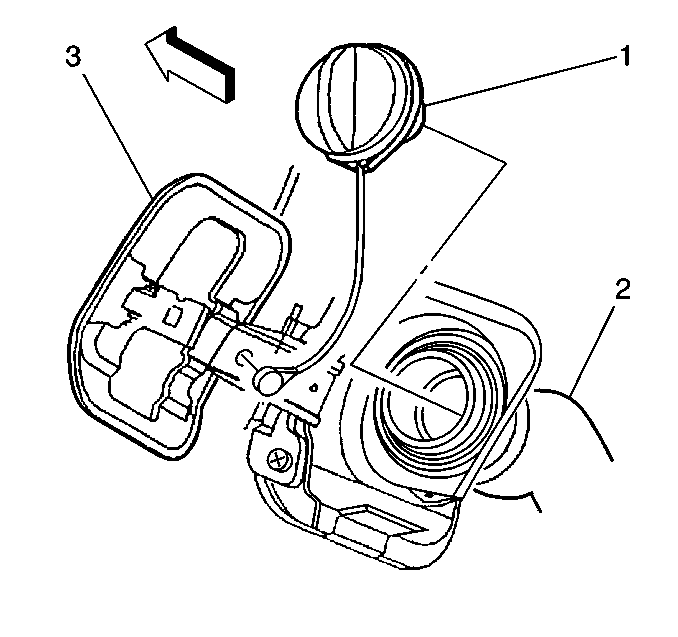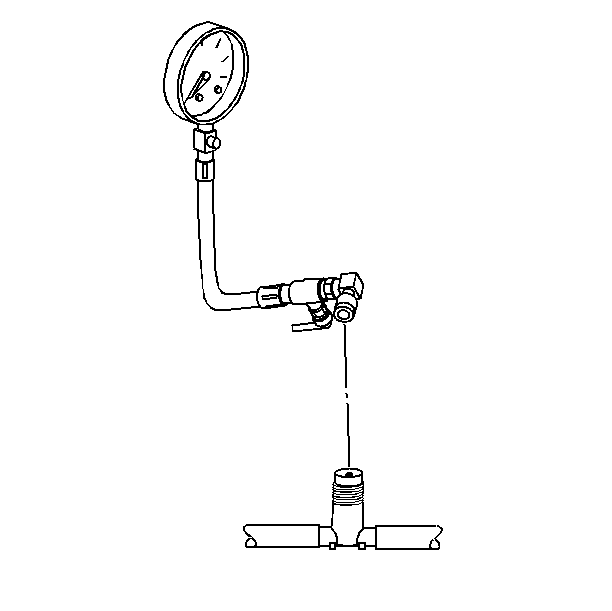For 1990-2009 cars only
Tools Required
J 34730-1A Fuel Pressure Gauge
Caution: Gasoline or gasoline vapors are highly flammable. A fire could occur if an ignition source is present. Never drain or store gasoline or diesel fuel in an open container, due to the possibility of fire or explosion. Have a dry chemical (Class B) fire extinguisher nearby.
Caution: Relieve the fuel system pressure before servicing fuel system components in order to reduce the risk of fire and personal injury.
After relieving the system pressure, a small amount of fuel may be released when servicing the fuel lines or connections. In order to reduce the chance of personal injury, cover the regulator and the fuel line fittings with a shop towel before disconnecting. This will catch any fuel that may leak out. Place the towel in an approved container when the disconnection is complete.- Turn the ignition OFF.
- Disconnect the negative battery cable in order to avoid possible fuel discharge if an accidental attempt is made to start the engine. Refer to Battery Negative Cable Disconnection and Connection in Engine Electrical.
- Loosen the fuel tank filler pipe cap (1) in order to relieve the fuel tank vapor pressure.
- Remove the fuel injector sight shield. Refer to Fuel Injector Sight Shield Replacement in Engine Mechanical-4.0L.
- Connect the J 34730-1A fuel pressure gauge to the fuel pressure valve. Wrap a shop towel around the fitting while connecting the gauge in order to avoid spillage.
- Install the bleed hose into an approved container.
- Open the valve in order to bleed the system pressure. Fuel connections are now safe for servicing.
- Drain any fuel remaining in the gauge into an approved container.


